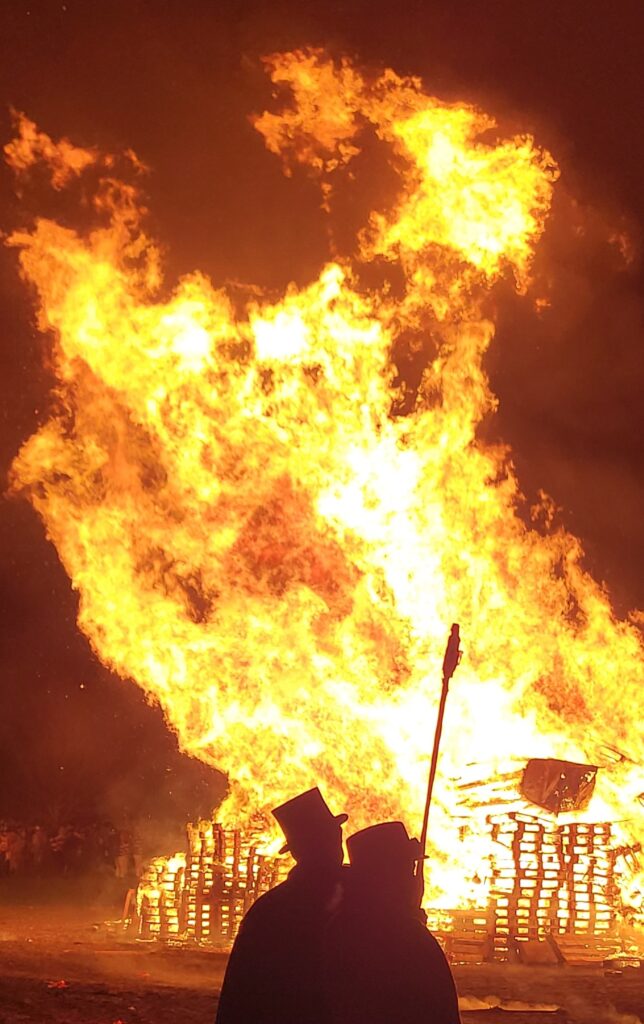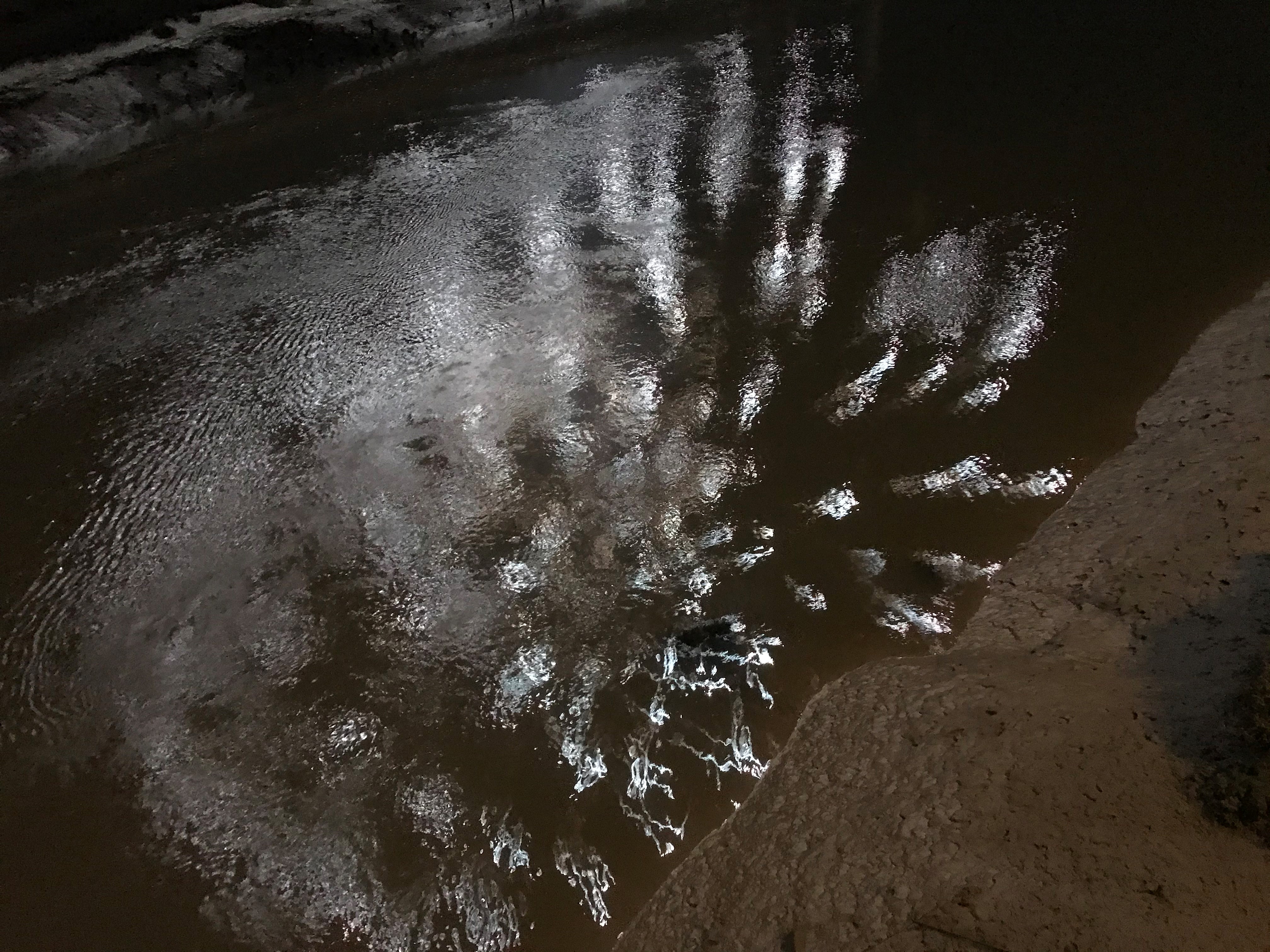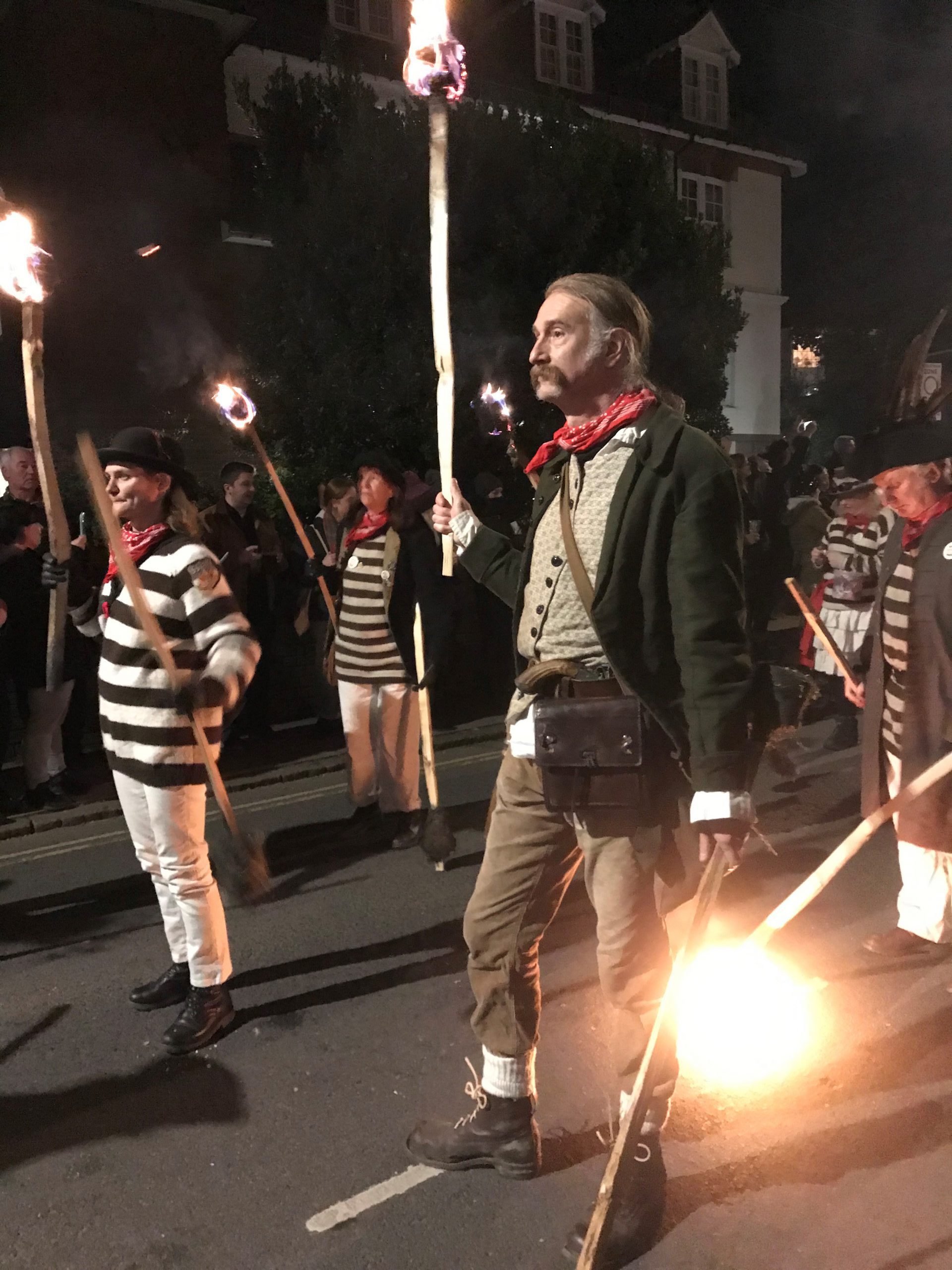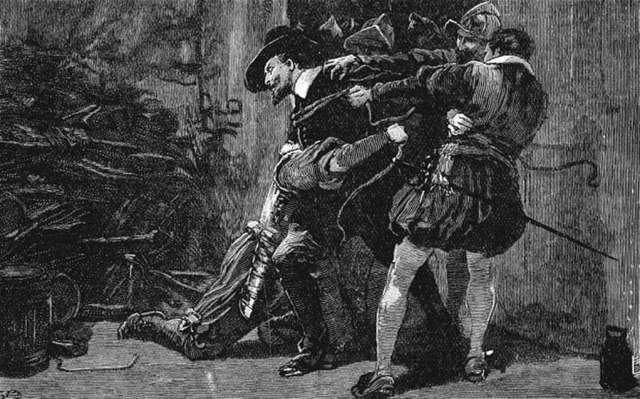400 years after the failure of the gunpowder plot, November 5 is still one of the most recognised dates in the British calendar.
Every year, not long after the trick-or-treaters have celebrated Halloween the skies above our villages, towns and cities are lit up with fireworks. Why do we celebrate a failed attempt to blow up the Palace of Westminster and why is Guy Fawkes one of the most infamous figures in English history?
On the night of the November 5 1605, 36 barrels of gunpowder were found, hidden behind a pile of firewood in a storeroom beneath the Palace of Westminster and there with them was a man calling himself John Johnson. In his pockets were fuses and he was quickly arrested and after days of torture finally confessed.

His real name was Guy Fawkes and by blowing up Parliament and everyone in it (including King James I, his heir and many of his leading nobles) he hoped to spark a Catholic uprising.
On Sunday May 20 1604, Guy Fawkes and a group of Catholics met at the Dog and Duck pub near the Strand in London. They included Robert Catesby, Thomas Winter, John Wright and Thomas Percy, all devoted Catholics. Before the 16th century, England was an unquestionably Roman Catholic country.
Robert Catesby masterminded the plot but Guy Fawkes was the man given the responsibility of lighting the fuse.
Guy Fawkes was born in York in 1570 and In 1592 he sold the small estate left to him by his father and went to fight for Spain against its Protestant enemies. He was a highly skilled soldier and became familiar with gunpowder and explosives.

However, an anonymous letter found its way to the Earl of Salisbury, who decided to inform the king on his return from a hunting party. On the night of November 4, King James ordered a search of the Palace of Westminster and during their search they found Guy Fawkes and were surprised by the amount of firewood being stored there. They soon learned that the space was being rented by Thomas Percy, which added to their suspicions. James ordered a second search and sometime around midnight –perhaps in the early hours of the 5th, gunpowder was found in the firewood, Fawkes was arrested and a warrant was issued for Percy’s arrest.

Thanks to Fawkes’ confession, the names of the other plotters were uncovered and on November 8 the plotters made a last stand at Holbeach House in Staffordshire, but against a force of 200 men they stood no chance. Most were killed or wounded, the survivors were arrested and put on trial. Each was found guilty and sentenced to death by hanging, drawing and quartering, a grisly death for traitors. The men were hanged, and whilst still alive castrated, dismembered and beheaded. Their bodies were cut into quarters and displayed for all to see – and for birds to feast upon. Guy Fawkes was spared further agony when his neck broke during his hanging. He died instantly.
Image Credits: Source unknown , Juliet Duff , Nick Forman .




So was Guy Fawkes a national hero or a terrorist? We celebrate him as one but it looks as though the government didn’t.
Though we celebrate Guy Fawkes, let us also remember the real meaning of Rye celebrating ‘Guy Fawkes’ night. When Rye was attacked and sacked by the French in 1377, to prevent our boats being stolen by the French and sailed away, the people of Rye burnt their boats. This is celebrated in the rhyme ‘Rye Burns its Boats’ which can be found on the Bonfire Societies website along with other fascinating tales of the ‘celebrations’.